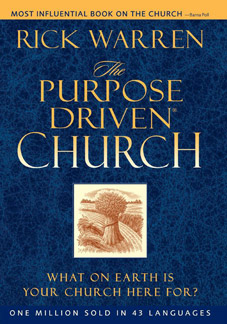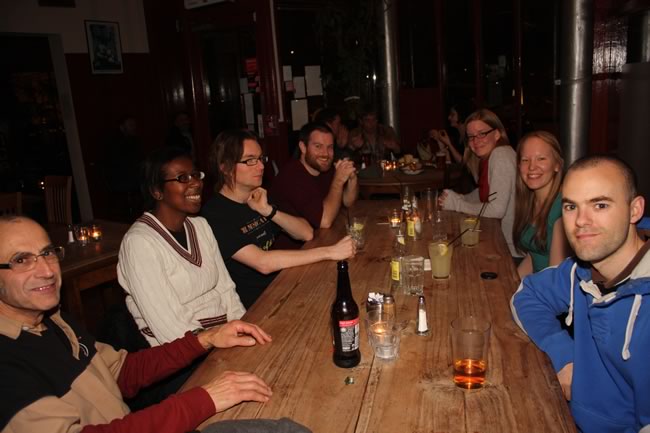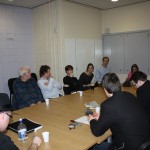The truth about printing flyers
Friday, April 22nd, 2016 | Thoughts

I sit on the leadership or organising teams for a lot of different community groups, and have done so for many different organisations over the years. Regularly, someone suggests that what we really need to do, is get some nice flyers printed. In fact, often this person is me. This is a ‘do as I say, not as I do’ post.
The truth is, you will bin most of those flyers. Here is why:
Flyers are relatively easy to produce. You find someone who can use a graphic design tool, they knock together a flyer, and you send it off to a printer. Quite easily you get a really professional glossy flyer that you are sure will attract people to your group.
Then the delivery turns up. A massive A4 square size box containing thousands of flyers. These then sit in your house for years. If you are proactive, the box will be almost entirely undistributed. Otherwise, it will be entirely undisturbed.
The problem is that printing flyers is super easy. Distributing them however, is not. Sure, people say they will do it. At the meeting when someone suggested getting some flyers, everyone said they would give some out. But they won’t. First, you need to give them some. The box is really heavily, so you can only take a handful at a time. Ditto, they can only take a handful at a time. Second, they don’t know where to put them. If you live in a block of flats, you can probably put one through people’s mailbox. That is about it.
Unless you work as an events promoter, you probably don’t know where to take the flyers. You might see somewhere when you are at your local fish and chip shop, or community education centre. However, you can bet good money that you will have forgotten to bring flyers on that occasion. And by the time you remember the flyers, you will have forgotten where you were going to take them. It’s fine saying “we will just go round the blocks of flats and try and get buzzed in”, but nobody actually wants to do this in practice because it is awkward and embarrassing and you feel guilty for posting junk through innocent people’s mailboxes.
Third, people don’t want to commit the time, because it’s a waste of time. Purposely going somewhere to take some flyers might be a 30-minute round trip. That is big a chunk out of your day. For flyers that probably nobody will look at. The response rate might be one in a thousand. Is that a good use of your time? You might think so, but chances are that the other people volunteering at your group don’t feel the same way: especially when it comes to actually getting up and doing it.
So your lovely flyers just sit in the box until you feel its time for a clear-out and reluctantly bin them.
You will be binning a lot of them. Economies of scale are at fault here. Most of the cost is in the setup of the print job, not in the printing. This means that it basically costs the same to print 5,000 as it does to print 100. So you will get the 5,000 because it seems to make sense. Even though there is no hope of giving more than 100 out.
There are scenarios when flyers can work. The Anxiety Leeds flyers are actually one of the success stories of my flyering history. We posted piles of them to GPs surgeries, and this turned out to be a cost and time-effective way of distributing them. Even then though it has problems: finding volunteers to post them out (listing surgeries, envelope stuffing, writing the envelopes, taking them to the post office), securing grant money to pay for postage, still having too many flyers, flyers becoming out-of-date and needing re-printing.
In summary, think very carefully before you get any flyers printed. How many can you actually distribute? How are you going to distribute them? Will people follow through on their promises to distribute them? How long will they be relevant for? If you cannot answer these questions satisfactorily, printing flyers may be a waste of time and money.

I sit on the leadership or organising teams for a lot of different community groups, and have done so for many different organisations over the years. Regularly, someone suggests that what we really need to do, is get some nice flyers printed. In fact, often this person is me. This is a ‘do as I say, not as I do’ post.
The truth is, you will bin most of those flyers. Here is why:
Flyers are relatively easy to produce. You find someone who can use a graphic design tool, they knock together a flyer, and you send it off to a printer. Quite easily you get a really professional glossy flyer that you are sure will attract people to your group.
Then the delivery turns up. A massive A4 square size box containing thousands of flyers. These then sit in your house for years. If you are proactive, the box will be almost entirely undistributed. Otherwise, it will be entirely undisturbed.
The problem is that printing flyers is super easy. Distributing them however, is not. Sure, people say they will do it. At the meeting when someone suggested getting some flyers, everyone said they would give some out. But they won’t. First, you need to give them some. The box is really heavily, so you can only take a handful at a time. Ditto, they can only take a handful at a time. Second, they don’t know where to put them. If you live in a block of flats, you can probably put one through people’s mailbox. That is about it.
Unless you work as an events promoter, you probably don’t know where to take the flyers. You might see somewhere when you are at your local fish and chip shop, or community education centre. However, you can bet good money that you will have forgotten to bring flyers on that occasion. And by the time you remember the flyers, you will have forgotten where you were going to take them. It’s fine saying “we will just go round the blocks of flats and try and get buzzed in”, but nobody actually wants to do this in practice because it is awkward and embarrassing and you feel guilty for posting junk through innocent people’s mailboxes.
Third, people don’t want to commit the time, because it’s a waste of time. Purposely going somewhere to take some flyers might be a 30-minute round trip. That is big a chunk out of your day. For flyers that probably nobody will look at. The response rate might be one in a thousand. Is that a good use of your time? You might think so, but chances are that the other people volunteering at your group don’t feel the same way: especially when it comes to actually getting up and doing it.
So your lovely flyers just sit in the box until you feel its time for a clear-out and reluctantly bin them.
You will be binning a lot of them. Economies of scale are at fault here. Most of the cost is in the setup of the print job, not in the printing. This means that it basically costs the same to print 5,000 as it does to print 100. So you will get the 5,000 because it seems to make sense. Even though there is no hope of giving more than 100 out.
There are scenarios when flyers can work. The Anxiety Leeds flyers are actually one of the success stories of my flyering history. We posted piles of them to GPs surgeries, and this turned out to be a cost and time-effective way of distributing them. Even then though it has problems: finding volunteers to post them out (listing surgeries, envelope stuffing, writing the envelopes, taking them to the post office), securing grant money to pay for postage, still having too many flyers, flyers becoming out-of-date and needing re-printing.
In summary, think very carefully before you get any flyers printed. How many can you actually distribute? How are you going to distribute them? Will people follow through on their promises to distribute them? How long will they be relevant for? If you cannot answer these questions satisfactorily, printing flyers may be a waste of time and money.





